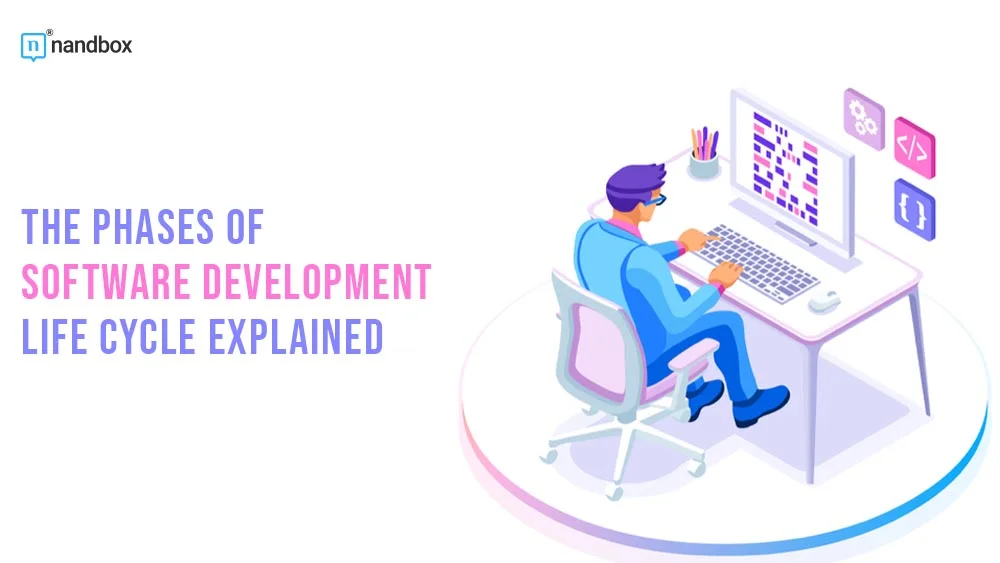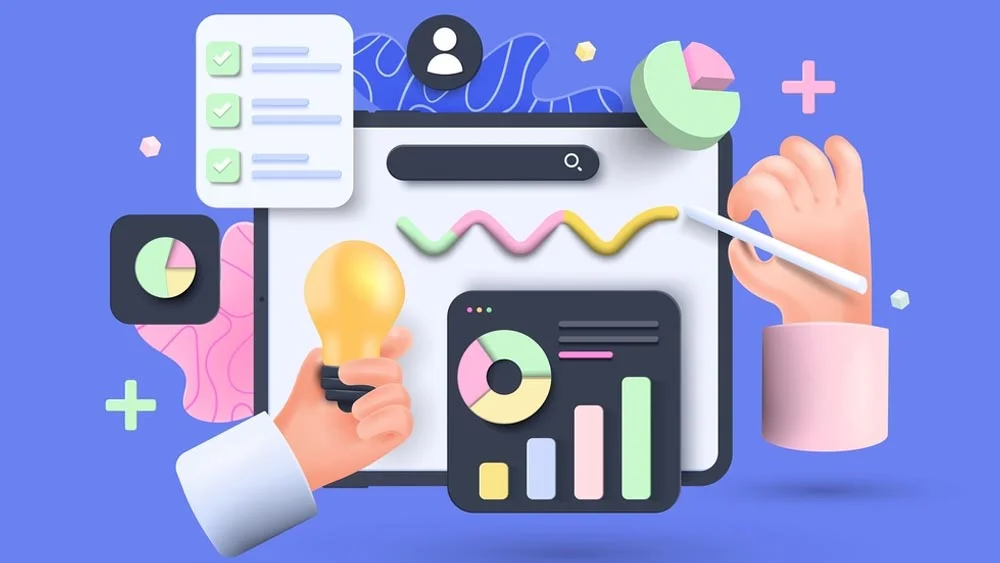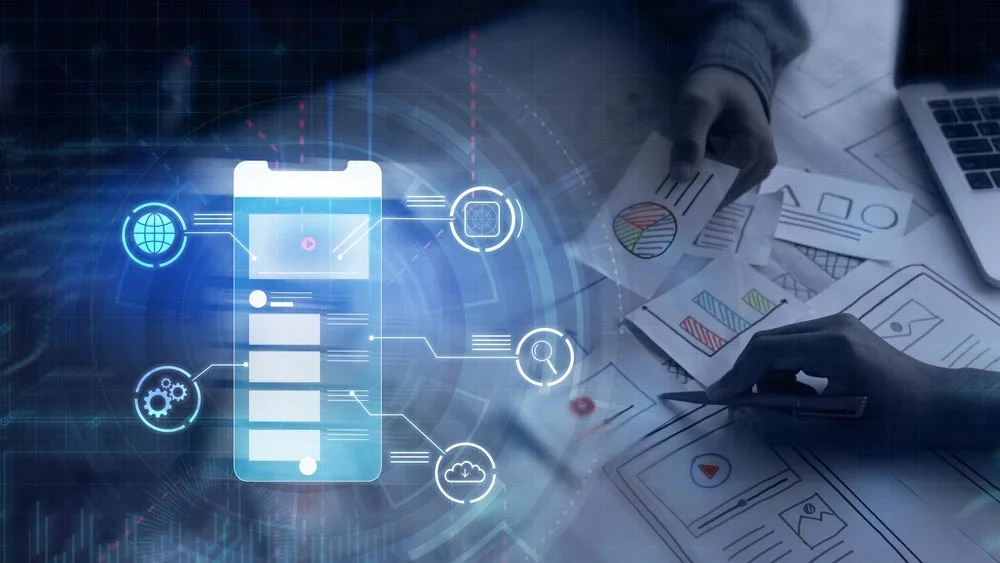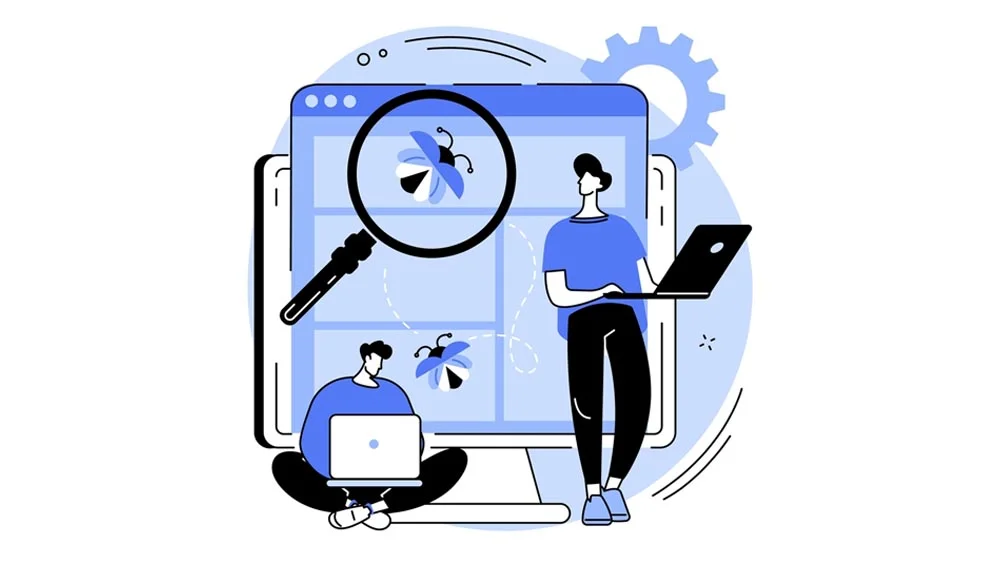Phases of Software Development Life Cycle
If you look around, everything has a lifecycle with distinct phases—for instance, humans, plants, and even businesses. This is how the world works; everything moves in an orderly manner. You might be thinking at this point that it makes sense for humans and plants to have life cycles, but how could a business have a life cycle? Let me shock you by saying that every aspect of a business has its own lifespan. From operations and processes to final products and clients. Much like any other industry, the software development industry has one of the most crucial lifecycles. In this article, we will introduce you to one of the most popular and important lifecycles: the software development lifecycle. We will also demonstrate phases of the software development life cycle.
What is Software Development Lifecycle (SDLC)
Before getting into anything, we need to know exactly what the software development life cycle is. The software lifecycle, or SDLC, is the sequence of steps or processes followed throughout any app or software development. It includes all the required actions the developers need to take in order to turn an idea into an actual and tangible product. The software development lifecycle usually consists of 6-7 phases and may differ from one software or app to another. Some software and applications may be very simple, implying that they are not particularly functional or complicated. In this case, developers may regard some aspects of the phases but not an entire one. It’s common to think of the software development lifecycle as a chain, with each phase building on and heavily depending on the previous one.
Why Does It Matter?
So, why does it really matter, and how would it benefit developers? SLDC has many uncountable advantages that really make a difference in any software development. For instance, following the software development lifecycle properly usually leads to a more clear and fast development process. As everything is usually planned and studied correctly, each step in the app/software development process would take less time than it usually takes. Thus, developers would save much time and effort. Another advantage of SDLC is that it improves user satisfaction. The more developers know about their project and the audience they are targeting, the better the final product or app will suit and satisfy users’ needs.
Phases of Software Development Life Cycle
Now that we have a basic grasp of the software development life cycle, we can dive into the details of the various SDLC phases and the roles that each one has.
1. Analysis Phase
The first phase in software development life cycle would be the analysis phase. In this phase, developers and the people working on the product or application would work on all the data they have. It requires the extensive and correct collection and analysis of all data. This data would be everything concerning the market, such as market needs, users’ needs, demands, competitors, etc. This phase provides developers with more in-depth insight into all the requirements and what people would need to find in any product and work accordingly. This way, they could come up with the perfect solution and idea that would take over the market.
2. Planning Phase
Second, comes the planning phase. The planning phase is all about paving the way and creating the framework for the development process. Using all the previously collected data, developers may start planning for the product or application. They can now determine all the resources and tools they will need, as well as the money and time to complete this project. The planning stage is crucial because it establishes a path to follow and work by. As a result, it’s simpler to ignore distractions and concentrate on what really counts during the development process.
3. Design Phase
Coming up is the design phase. This is where the developers start transforming an idea and vision that they have established into an actual product. Throughout this phase of software development life cycle, developers establish and outline all the elements that would make an actual product. For instance, they start with designs, application architecture, coding practices, features, security measures, and the user interface. This phase is where developers turn from conceptualization into an interactive visualization to get a glimpse of what their application or software would look like.
4. Development and Coding
This is where all the magic works. The development and coding phase is the stage where developers actually start building their application piece by piece by using all the elements they established in the design phase. This includes writing codes using the coding practices, integrating the features chosen, and applying the security measures necessary.
5. Testing Phase
You can get away from the development phase without testing. Testing is a very important phase of the software development lifecycle. In this phase, developers start to test all the elements integrated and codes written in the development phase to ensure everything is running smoothly and working as it should. The value of this stage comes from the fact that it is where any potential flaws, errors, faulty codes, or crashes are sorted out before they have a chance to irritate or dissatisfy the end user.
6. Deployment Phase
Now that we have made sure that everything is running smoothly and perfectly, we can move on to the next phase, which is deployment. The deployment phase starts right after you finish testing and have a fully functional application or piece of software that is ready to launch to all users. In this phase of software development life cycle, developers will choose where they need to launch their product, as well as provide users with everything they need to know about it. By creating user manual & guides using software documentation tools.
7. Maintenance Phase
The maintenance phase is the only one that starts post-development. You would think that after thoroughly testing your application or software and making any necessary fixes, nothing else would come up. You thought wrong. The truth is that no matter how thoroughly you test your product, there will always be issues that only become apparent after continuous use by actual users. Developers must be prepared to address such issues whenever they arise to maintain user satisfaction.
In Summary
All developers ought to be aware of how important the software development lifecycle is. When the stages are executed perfectly and consecutively, it leads to some astonishing results and great success. Whatever the development type is—coding, low-code, or no code— The lifecycle should be applied to all. For sure, the phases’ roles would change from one development type to another, but the concept would never change. You can now try this theoretically and prove how significant the software development life cycle is with nandbox! nandbox is a no-code app builder that allows not only developers but people with no coding experience to create a fully functional, native app. nandbox is known for its great collection of robust features as well as its affordable plans that cover everything from building to publishing. Swing into action and try the nandbox app builder now for a successful software development life cycle.






